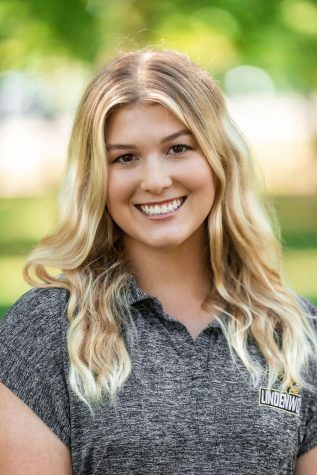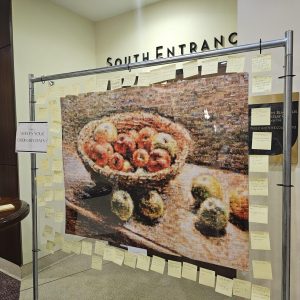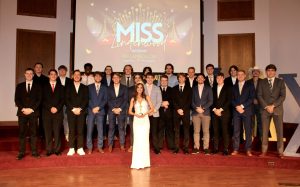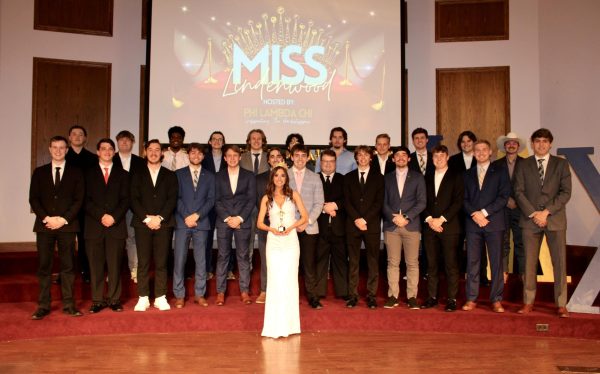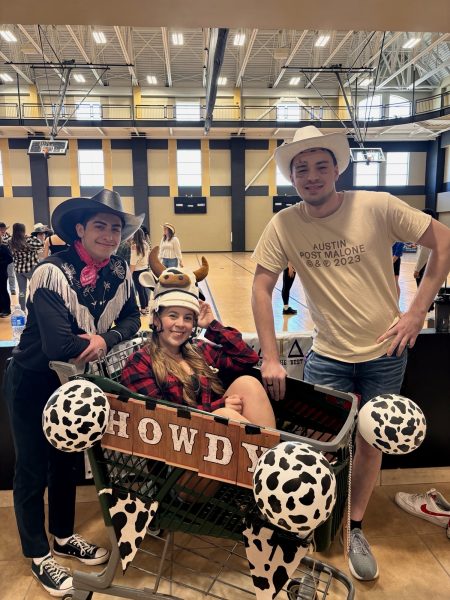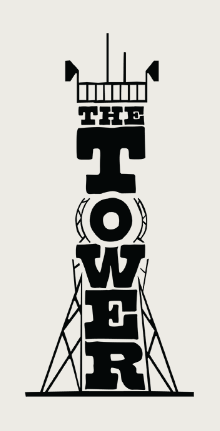Lindenwood alumna runs sustainable fashion business
Photo by Instagram
Natalie Hunt, founder of Society Fabric.
January 28, 2021
A Lindenwood graduate and former Lion Line Dance Team member created an online fashion business that creates sustainable clothes.
Natalie Hunt, who graduated from Lindenwood in 2017, started Society Fabric during COVID-19 lockdowns.
“I had a sewing machine from growing up and stuff but I just decided to buy another sewing machine,” Hunt said. “Then I started trying out reworking some old clothes and I was just posting it on my Instagram story and I got a lot of people reaching out to me and they were like you need to start an account.”
Hunt said she’s always loved fashion as she designed her own dance costumes since she was 10 years old.
The inspiration for her clothing designs come from streetwear style to make each piece unique.
“I like the idea of having a piece that’s just such a statement piece,” Hunt said. “We’ll be able to wear plain jeans, but [pair it with] a top that is just such a statement that your outfit is cool just because of that.”
“That’s what I try to do with every piece I released from Society Fabric. I try to make it a statement.”
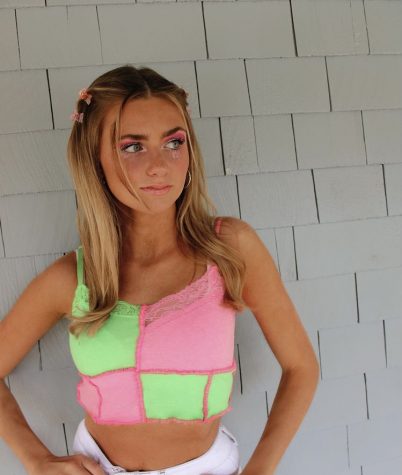
Every piece is handmade at Hunt’s apartment and 100% sustainable besides the thread and elastic bought from fabric stores. The process can take up to 10 hours.
“I started out like doing a lot of thrifting stuff to find my clothes that I was making my patchwork items out of,” Hunt said.
Hunt used her Instagram account to promote the designs and asked her friends to model clothes for her. She grew her business by wearing her clothes out and getting questions about it.
“And then they’re like ‘oh my god that’s so cool’ and then they’ll follow me and stuff so it’s also a lot of branding,” Hunt said.
After Hunt began building a following, people began to donate clothes she would use to remake into new items.
To make the clothes, the donated items are first sorted through to see which colors look good together. From there, designs are sketched out in a sketchbook and the new pieces are brought to life by embroidering and sewing the patterns together.
“I started off doing two piece sets and stuff like out of large thrifted shirts and stuff and I’d [make it into] a shirt and shorts set,” Hunt said. “I didn’t really like to try to sell a lot of my first work because I didn’t really feel like I knew what I was doing yet, it was more like I was just like showing it.”
Hunt said the only setback so far is finding a way to motivate herself, gaining more inspiration, and trying new things.
“It can seem like a very daunting task at times. I’m 100% self taught trying out harder things that I haven’t tried before takes a lot… I had to watch a lot of YouTube tutorials and it’s a lot of time that goes into me learning how to make something,” Hunt said.




